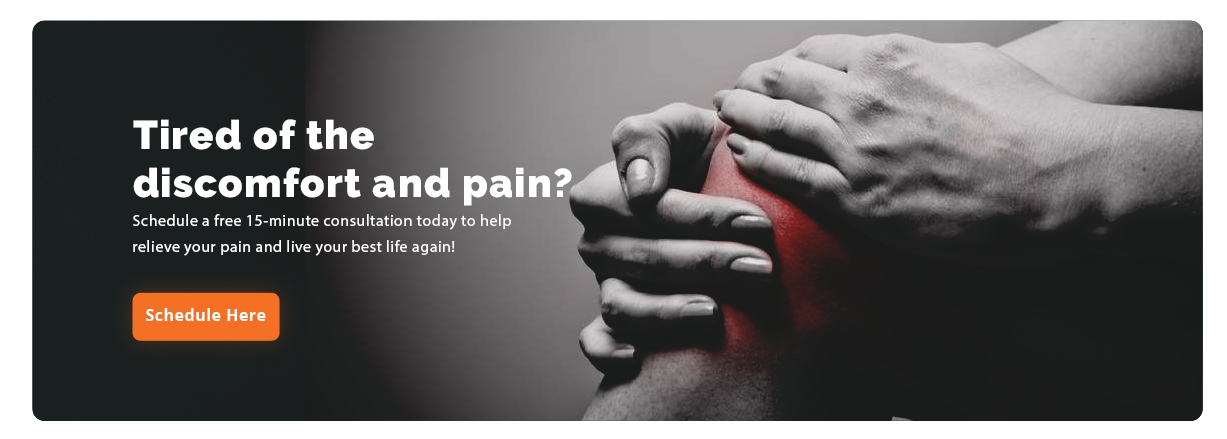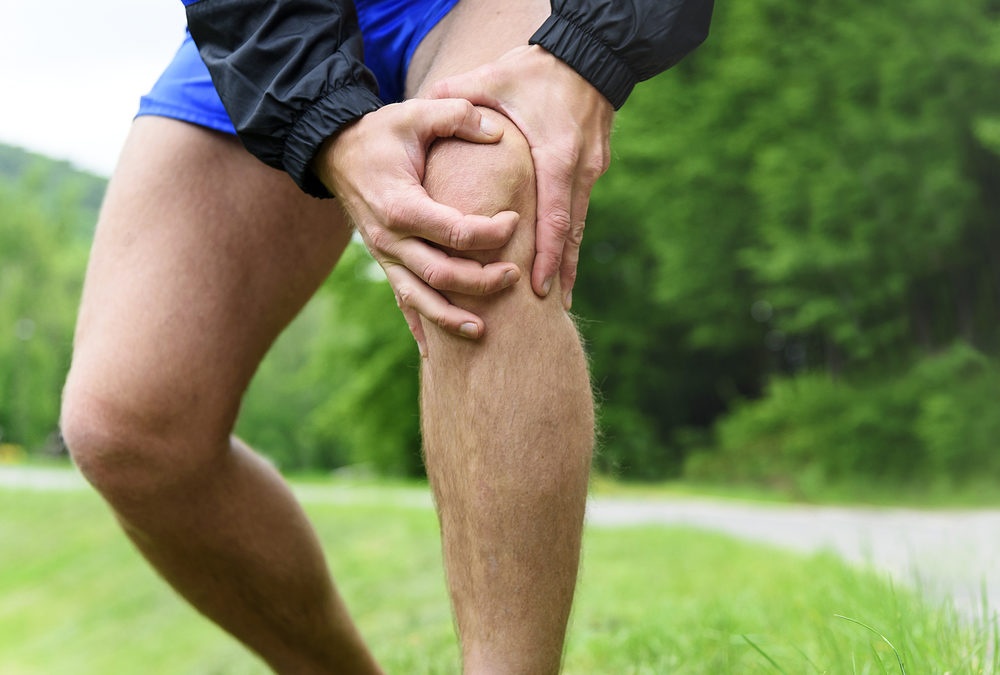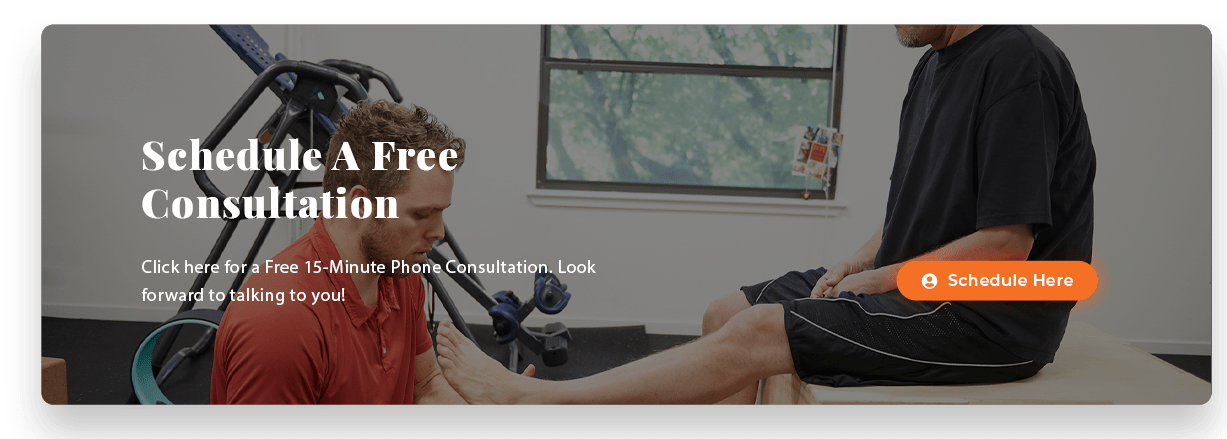The thought of having a pinched nerve isn’t a fun one. People visit their chiropractors everyday for help dealing with pinched nerves. This painful condition occurs when a nerve becomes pinched by a joint that is out of alignment, or even by a tight muscle. It can happen as a result of a whiplash injury, playing sports, or even sleeping wrong. But there is help! How active release technique can treat a pinched nerve in your shoulder is what we’ll bring to your attention here.
What is a pinched nerve?
Before we discuss how active release technique can treat a pinched nerve in your shoulder, we want to explain what a pinched nerve is and how it can be sustained. A pinched nerve is usually caused by a combination of both joint and soft tissue problems. Joints that have been injured, overused, or out of alignment can cause irritation and ‘pinching’ of the nerves around them. Repetitive overuse of the muscles can do the same thing, leading to pain and other symptoms. With repeated overuse, the spine and muscles gradually become stiff and weak. The joints become progressively stiffer and the muscles and soft tissues slowly near their breaking point. Then, by no fault of your own, you make the wrong move at the right time by either sleeping incorrectly, bending over to pick things up, or just move wrong, then you end up with that pinched nerve and a whole lot of pain.
What is Active Release Technique?
It’s important for us to explain what Active Release Technique is so you will be able to understand how Active Release Technique can treat a pinched nerve in your shoulder. ART is a patented, state of the art soft tissue system or movement-based massage technique that treats problems with muscles, tendons, ligaments, fascia and nerves. Headaches, back pain, carpal tunnel syndrome, shin splints, shoulder pain, sciatica, plantar fasciitis, knee problems, and tennis elbow are just a few of the many conditions that can be resolved quickly and permanently with ART. These conditions all have one important thing in common, they are often a result of overused muscles.
How does a pinched nerve occur?
Typically, a pinched nerve in shoulder occurs when too much pressure is applied to the shoulder nerve by the surrounding tissue, such as cartilage, tendons, bones and muscles. Symptoms include muscle weakness, numbness, pain and a tingling sensation that radiates along the shoulders and into the neck or spine. While pinched nerves may occur anywhere in the body, they most commonly affect the neck, shoulder and lower back.
Often people can get a pinched nerve in their shoulder region when they have tight muscles, however, the nerve is not actually being pinched by a muscle in the shoulder. Typically, it comes from the disc area in your neck. It usually happens around C6 and C7. This is typically where problems can occur and result in symptoms like a pinched nerve in the shoulder. The nerves that run through C6 and C7 travel down through your shoulder blades and can cause chronic pain and muscles spasms. A pinched nerve in the shoulder that originates in the neck is not always the actual diagnosis, but it is something you need to look out for, as it is quite typically disguised as a shoulder problem.
How Active Release Technique can treat a pinched nerve in your shoulder?
When getting treated with Active Release Technique for a pinched nerve in your shoulder, we will start by a physical exam. After a diagnosis has been reached based on a history and examination, treatment can be rendered. Since soft tissue injuries created by scar tissue cannot be detected by a machine, or by any orthopedic tests, ART is itself a diagnostic tool. We can determine where the adhesions are, and how severe the soft tissue injury is, simply by his/her touch.
ART is generally performed with a direct contact from us to the patient’s skin. We will find the area to be worked on and either have you actively move a body part or passively move the body part. Our contact coupled with your movements will allow the adhesions to separate. The treatment consists of over 500 specific moves and are unique to ART. They allow us the ability to identify and correct the specific problems affecting the pinched nerve in your shoulder.
Art and Pain and Performance Solutions
How Active Release Technique can treat a pinched nerve in your shoulder will take time and patience on your part and ours as well. Our overall goal is to identify why your pinched nerve occurred and to correct it with as little pain as possible, so you can return to life without fear of it returning. Please, contact us now to ask any questions you may have or to set up an appointment. There’s no reason to continue with this pain when there is a way to treat it.
The Role of Posture and Ergonomics in Preventing Pinched Nerves
While we often focus on treatment for pinched nerves, prevention is just as important—and often overlooked. One key factor that can significantly reduce the risk of developing a pinched nerve is maintaining proper posture and ergonomic alignment. Poor posture, whether at your desk or during physical activities, can cause unnecessary strain on your muscles and joints, which increases the likelihood of nerve compression. For example, slouching at a desk for hours can lead to the misalignment of the spine, affecting nerves like those running through your neck and shoulders. Similarly, improper lifting techniques during physical activity can put undue pressure on the spine, leading to pinched nerves.
Incorporating ergonomic tools into your daily routine can greatly minimize this risk. Simple adjustments such as using a chair with lumbar support, positioning your monitor at eye level, and taking regular breaks to stretch can go a long way in keeping your spine aligned and your muscles relaxed. Ergonomics isn’t just a workplace buzzword—it’s a crucial element in maintaining your overall musculoskeletal health. By improving posture and ergonomics, you can actively reduce your chances of experiencing the pain and discomfort associated with pinched nerves. Why wait for the pain when you can prevent it?

